Bike or Buggy? Insights From 3 Amish Bicycle Shop Owners
This was a neat idea for an article. Denise Fedorow of the Goshen News interviewed three Amish bicycle shop owners in the Nappanee, Indiana community to get their insights on what types of bicycles appeal to their Amish customers. Many Amish in this community and others use bicycles as a form of transportation (for more on the Amish bicycles vs. scooters question, see here).

The three owners – Jeff Yoder (Cedar Lane Bike Shop), Lyle Harshbarger (L & J Cycle), and Marlin Hochstetler (Triple Oak Sales) give buyer’s tips from an Amish perspective. It’s interesting to see what appeals to Amish riders, and these three men you can assume would know that subject well. For example, here’s Marlin Hochstetler:
“If you’re riding in a city, a hybrid bike — a cross between comfort and road bikes, are pretty decent options,” Hochstetler said. “For the Amish, a lot use what they call the comfort line — there’s a little more suspension in the front, which gives a more relaxed ride. Some of the young guys go for road bikes — a gravel bike line.”
It also matters if you’re towing something, according to Lyle Harshberger:
“The cross series — some call them comfort series — are what most like for transportation,” Lyle Harshberger of L & J Cycle said. “Some do want racers, but a lot more are after comfort versus speed.”
The addition of a trailer for hauling cargo is also a factor.
“If you’re pulling a cart behind the bike, too fancy of a bike is not stable,” he added.
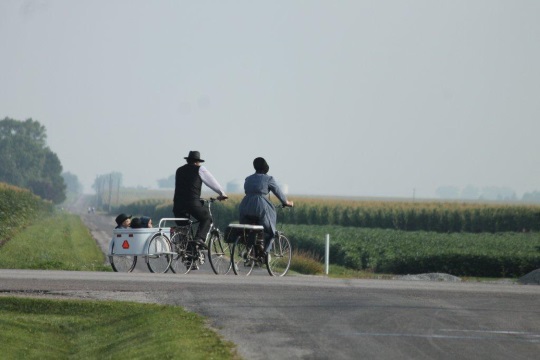
Image: S.I.
For that matter, how do Amish choose which form of transportation to use? We associate Amish first and foremost with the horse-and-buggy, but that’s often not the go-to means of getting around:
The reasons why one would choose a bicycle as his or her mode of transportation versus a horse and buggy or hiring a driver are varied.
Yoder said if he’s going to town to get groceries he’ll take the buggy, but if he only has to go to one store “the bike is faster than the buggy.”
As to hiring a driver, he said cost is a factor. He carpooled with others into work in the winter but it doesn’t cost anything to ride his bicycle.
Harshberger said comfort also comes into play.
“Twenty or thirty years ago if they didn’t have the right size bike it wasn’t comfortable,” Harshberger said. They’ve learned if they get a bike that fits you correctly it’ll be a more comfortable ride.”
He said time and weather are also deciding factors.
Hochstetler said in his household, because he likes biking, he’ll tend to take the bike where his wife, if it’s more than a mile, she’ll take the buggy and relax during the ride.
“Some don’t like riding a distance,” he said.
He actually gets even more specific about mileage consideration when making the decision: “Once you hit the four-mile mark, take the buggy,” Hochstetler said. “If it’s 15-20 miles most will take a taxi because of the toll it takes on the horse.”
Given the question of comfort, I was a little surprised not to see mention of recumbent bicycles in this piece. The first Amish seller of such bicycles I came across was in this area. Likewise, years ago a reader here observed on the Nappanee community that “Many Amish here use recumbent bicycles and find them much more comfortable to ride.”

There’s a lot more of interest in the article, including on dealing with shortages due to the pandemic, bike safety, and how the shops work together. That last one is a pretty cool reality of the behavior of at least some Amish businesses – which I discovered when looking into the question for my Amish business book.
Amish businesspeople, like any others, can be competitive among one another. But there is also a desire to help one another out, at least in some industries (and I would hazard to say it’s more common among smaller shops, though I know one very large Amish business owner who professes a similar spirit).
On that note, Harshbarger says “It’s a positive thing to be working together” – which in practice means that they do things like exchange needed parts (and I would guess, also probably refer customers to each other if one has something the other lacks). Read the whole thing here.


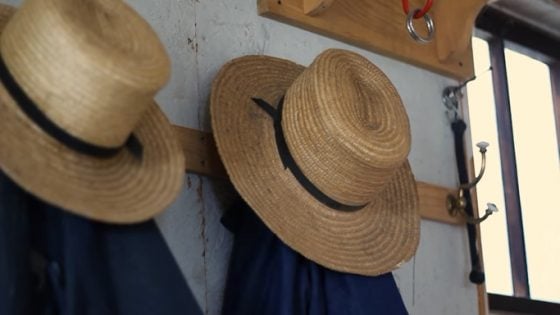
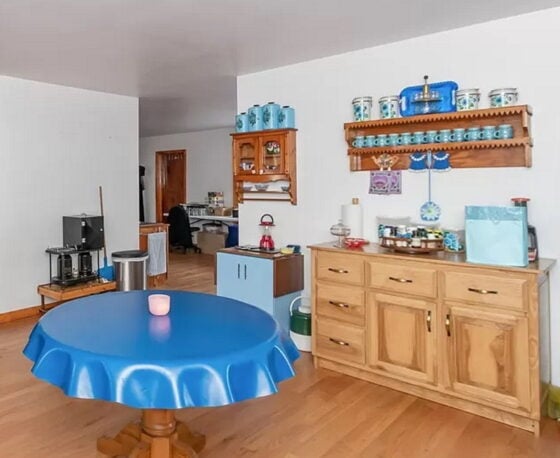
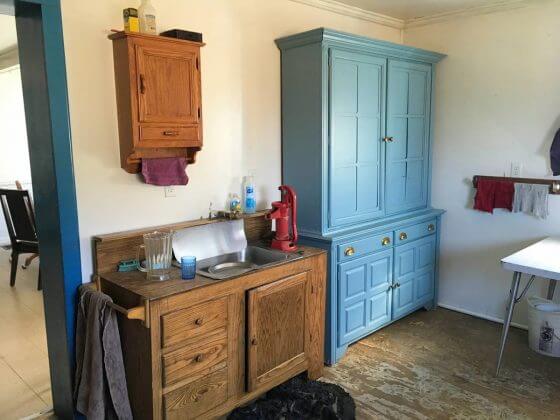

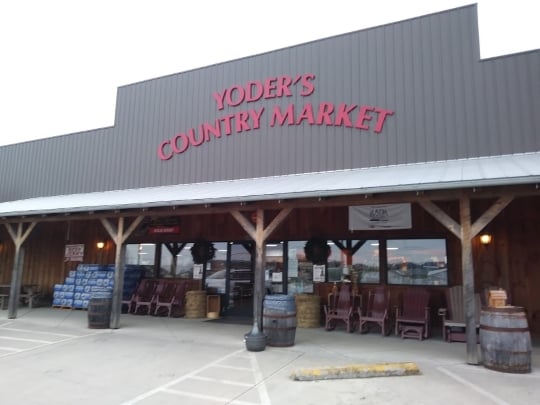
Bicycles
Not all Amish ride bikes. An Amishman who I hired to do some construction told me his district in Lancaster County forbids bikes. But he does own a nice work truck that he hires an English man to drive. And of course a buggy.
Lancaster County is one of the communities where scooters are primarily used. That’s the way it is in most districts though I believe some allow bikes. I think there was a time when Amish wouldn’t even own the vehicle, but it’s not uncommon now for some of these businesses. Another example would be PA Dutch market families owning their transport van.
I saw younger Amish building a shed for a neighbor. They all looked to be in their teens(running around years). They drove a very big and expensive truck to the house. Real nice truck. They clearly knew truck engines and kept it real clean. But they were all young. I’m guessing they were allowed to drive because they had not yet joined the church. Always interesting to see what is allowed in different Amish groups. Bikes. Cars. Etc.